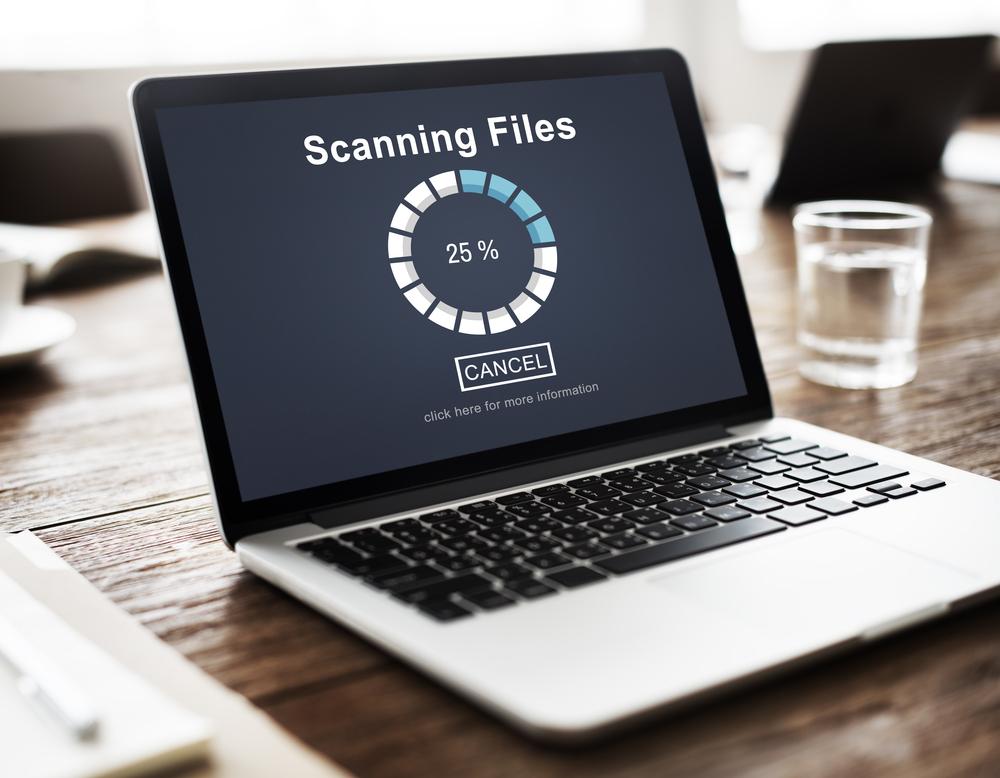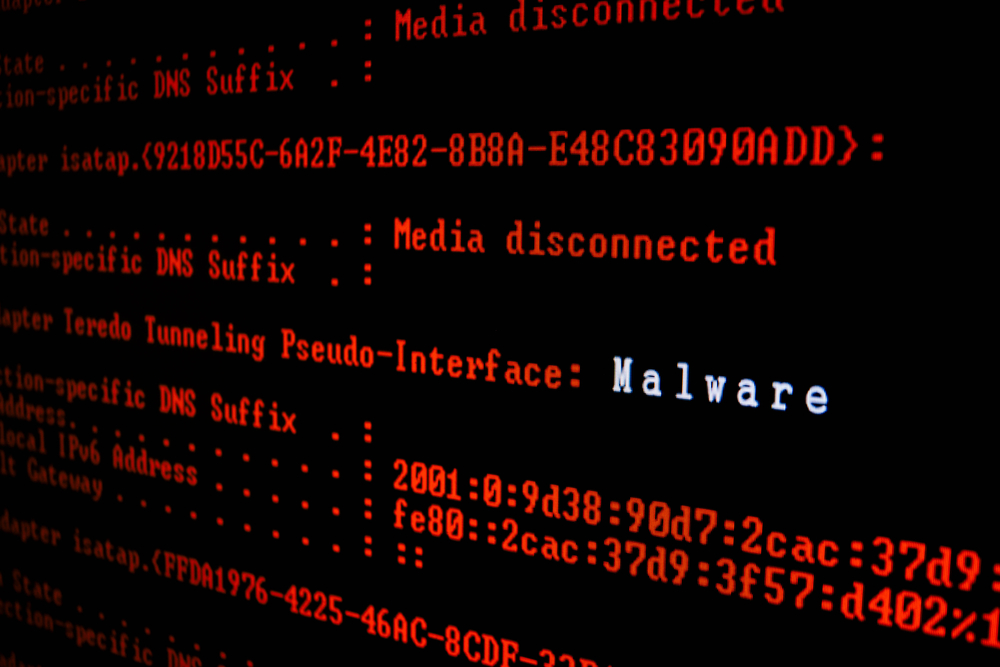Understanding Computer Virus Threats and Protective Measures
Explore the dangers posed by computer viruses and learn effective strategies to safeguard your devices. This guide highlights potential risks like data loss, hardware damage, and malware spread, emphasizing the importance of strong antivirus protection and safe browsing habits. Early intervention and user education are crucial for system security.

Understanding Computer Virus Threats and Protective Measures
Computer viruses pose significant risks originating from multiple sources. They can enter your device through downloaded files, email attachments, or malicious websites. Opening unknown links or accessing harmful web pages increases the chance of infection. Viruses can cause severe damage to data, hardware, and network systems if not addressed promptly.
Key dangers of computer viruses include:
Data Loss: Viruses can corrupt or delete important files and documents stored on the device.
Hardware Damage: Certain viruses may harm hardware components like the motherboard, CPU, RAM, or hard drives, leading to costly repairs.
Creation of New Malware: Existing viruses can trigger the development of additional malicious programs, spreading rapidly across systems.
Immediate action with robust antivirus software and safe browsing habits are essential to prevent data breaches, hardware failures, and financial losses. Regular updates, avoiding suspicious links, and blocking malicious emails help minimize risks.
Protect your computer by installing reliable antivirus solutions, educating users about online safety, and maintaining secure network practices. Early detection and prevention are vital for safeguarding sensitive information and ensuring system integrity.










